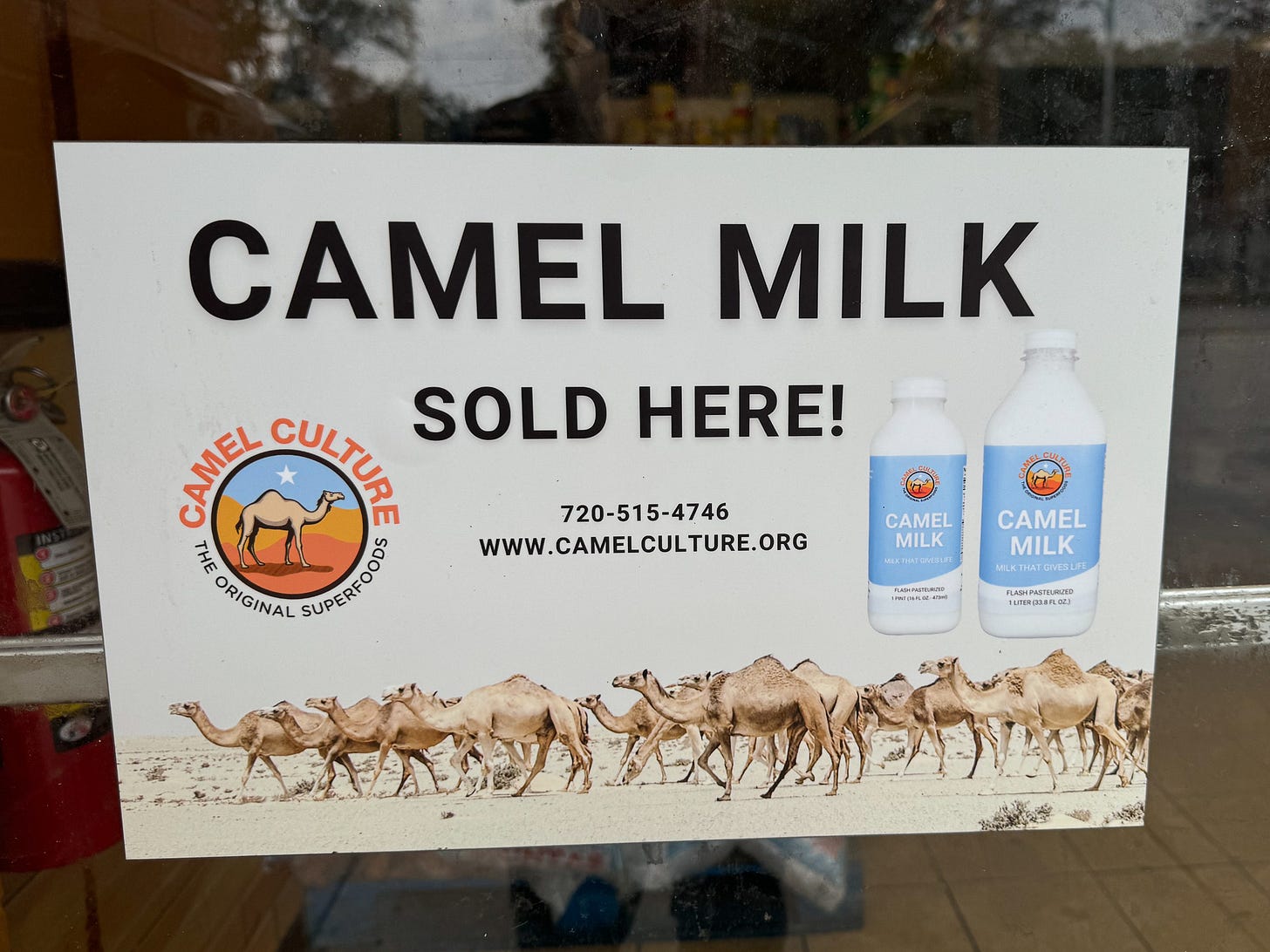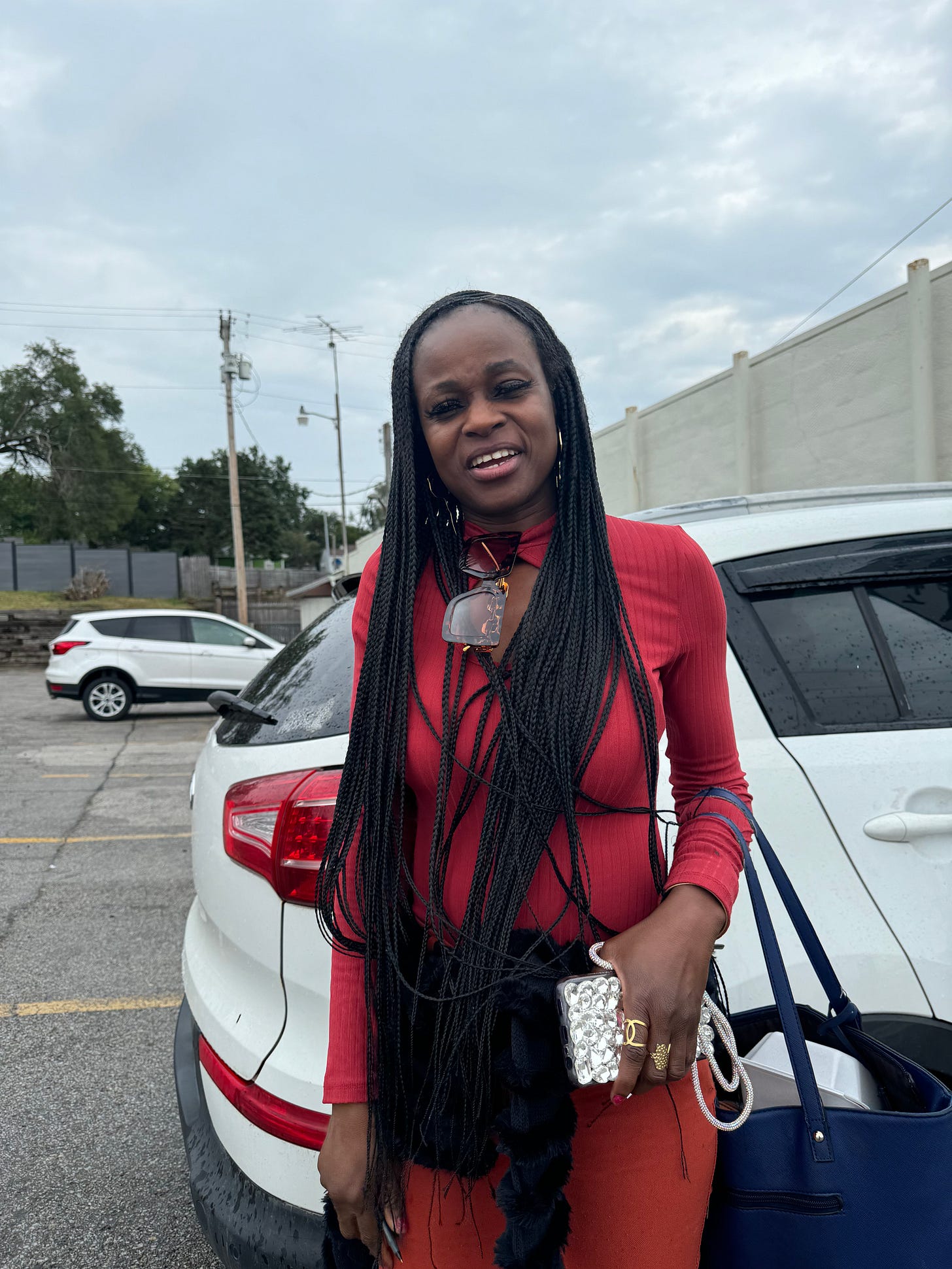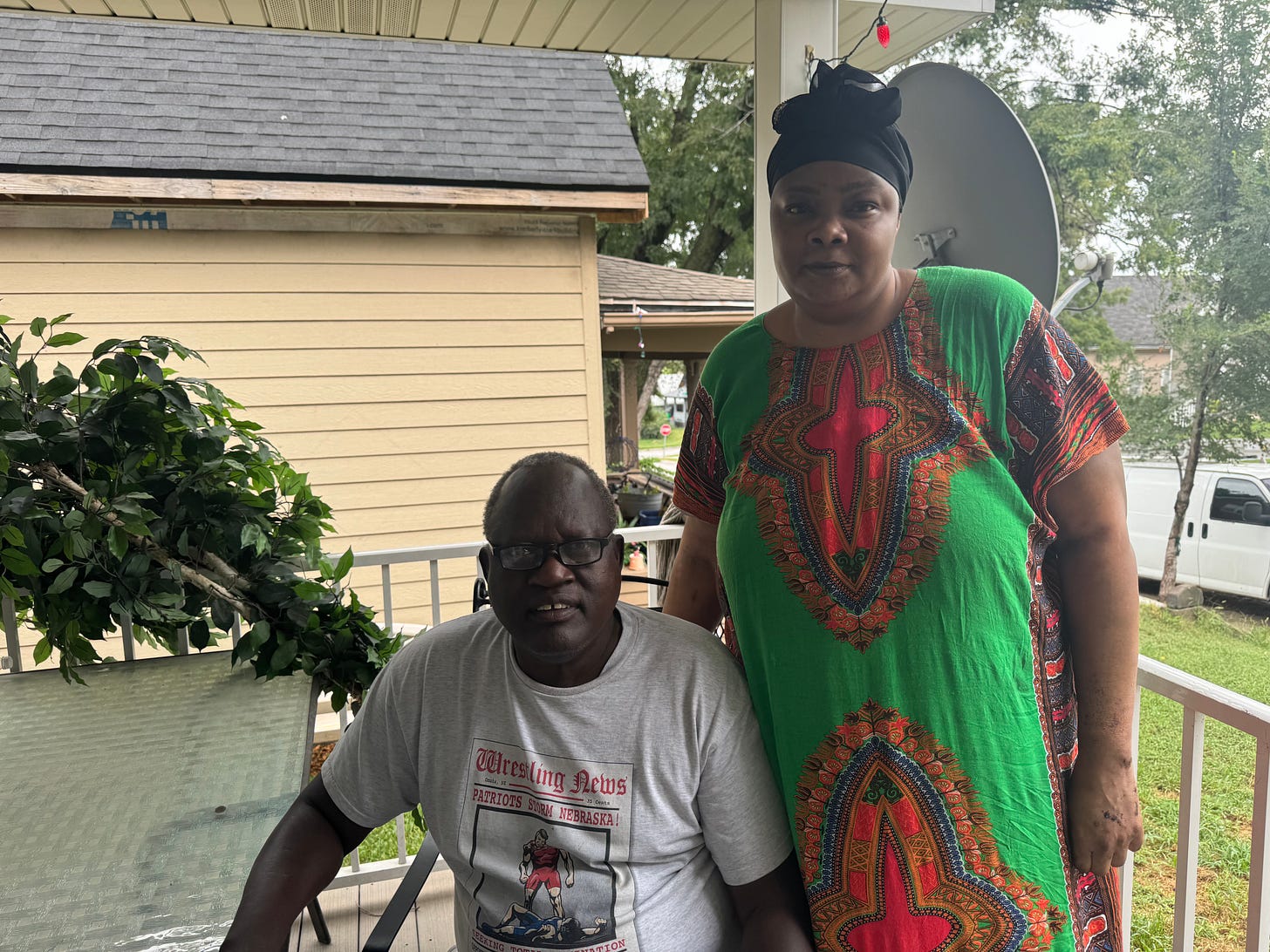Red states and refugees: An African colony grows in Omaha
Newcomers bring development as well as diversity.
OMAHA — The January suspension of the US Refugee Admissions Program, followed by the revocation of legal status for other immigrant arrivals dating back to the 1990s, is having an outsized impact in Nebraska’s largest city, where I’ve been tracking the rise of a growing East African community.
This city (Malcolm X’s birthplace) remains one of western America’s most vibrant African-American communities. It’s also become especially popular with French-speaking West African university students in the past three decades, with Togolese and Burkinabé (from Burkina Faso) leading the recent immigrant wave.
But refugees are the core component of the growing African community—many of them victims of brutal civil wars who arrived traumatized and destitute yet determined to thrive as Americans. Surprisingly, they’re among Omaha’s leading gentrifiers.
As it happens, Nebraska joins four more deeply red states—Kentucky, Idaho, and North and South Dakota—that have led all US destinations for refugee resettlement since 2010. Nebraska had been receiving some 800 refugees annually until this year, when the Trump Administration pulled the plug on refugee resettlement.
The reality on the ground is the antithesis of the MAGA message that immigrants are lawbreakers who deprive Americans of jobs and endanger city streets. In fact, refugees represent the polar opposite of “illegal” entrants, often undergoing rigorous vetting before arriving in the United States, an ordeal that can last decades before resettlement. When they do arrive, it’s as fully legal residents with work authorization documents and a fast track toward citizenship.
Those conditions are consistent with America’s 300-year tradition of welcoming the world’s best, brightest and most ambitious participants. They certainly apply along North 45th Avenue, once Black Omaha’s chief commercial corridor, today a mix of strip malls and fast-food establishments that point to a rainbow of different nationalities: Nepalese, Latino, Caribbean, Southeast Asian and East African.
“Camel Milk Sold Here” reads a placard on the front door of a Somali-owned store, which shares space with a money transfer kiosk displaying the flags of Kenya, Ethiopia and Somalia beside corporate logos of remittance agencies with names such as Tawakal Express, EVC Plus and Sahal Services.
Over on Omaha’s west side, a thriving West African colony is populated mainly by Togolese and Burkinabé who followed a different path to Nebraska, coming mainly as college students.
The African Cocktail Lounge in this neighborhood features Ladies Night on Thursdays and a Fufu Buffet all week. West Africans tend to dominate Omaha’s hair braiding shops, while Somalis and Kenyans fill mosques.
One successful Burkinabé is Simoney Yamdaare Redboy—a member of Burkina Faso’s majority Mossi tribe, married to a Nebraskan from the Lakota Sioux tribe. A nurse by profession, Simoney also dabbles in distressed real estate. She has restored eight derelict homes in North Omaha, which she operates as rentals.
Raising African/Lakota children is a challenge, she allows, but she’s never regretted her decision to make a life in Nebraska. “My only complaint,” she says with a playful smirk, “summers here aren’t hot enough. That’s when I miss Africa.”
Omaha’s welcome to Sudanese, Burundian, Somali and other refugees from the Horn of Africa has had a positive impact on the city, especially home ownership in North Omaha.
Refugee households by the hundreds—often with assistance from nonprofit housing groups like Habitat for Humanity—have become homesteaders across swaths of abandoned blocks. In some corners of the city, whole streets are dominated by Somali and South Sudanese who arrived as refugees in the early 2000s. Others mixing in include Nepalese and Burmese, especially Karen tribespeople chased out of the country now known as Myanmar.
Starting in 2023, Habitat for Humanity began reviving a neighborhood formerly known as Myott Park (now called Bluestem Prairie), where crime was once so rampant, the city shut down all residential occupancy and bulldozed existing buildings into rubble. Habitat paid Omaha $1 for empty lots, then invested $25 million to remediate its surface, put in new streets and build 85 homes selling for around $260,000 each. Most of Bluestem Prairie’s homesteaders are former refugees from Africa, Nepal and Myanmar, with about 20 percent of all occupants native-born Americans.
Habitat has plans for a similar community nearby where building will start next year—30 more homes to be occupied by late 2026.
I had visited Omaha several times as an immigration reporter for The Wall Street Journal and more recently began mapping its home-ownership trends while working as a consultant for the United Nations chief migration agency, the International Organization for Migration (IOM).
The rise of the refugee buyer isn’t unique to Omaha. But the scope of coordinated activity I witnessed among city agencies, private corporations and a slew of nonprofit housing groups surpasses anything I’ve previously seen in the United States (or anywhere else, for that matter).
Habitat for Humanity Omaha has, on its own, developed nearly 900 single-family homes since the early 2000s, with at least 300 of those sold to African and Asian refugee families. From 2018 to 2023, Habitat homesteaders have paid some $8.3 million in property taxes to the city, with another $5 million estimated for 2024 and 2025 combined. The nonprofits Holy Name Housing, GESU Housing and HomeWoven (formerly Project Houseworks) have added at least 50 more refugee homebuyers to the city’s property rolls, families that are also keeping up their homes and paying property taxes.
On Erskine Street, I discovered a cluster of homes developed by Habitat and GESU Housing, a dozen or so houses on a hillside extending four blocks. Most of the new owners were African but some came as refugees from Nepal and Myanmar.
Samuel Mangong and his family were occupying their third rehabbed home, two previously purchased through Habitat for Humanity and this latest through GESU. Mangong, 56, is a Dinka tribesman from South Sudan who arrived in Omaha in 2002. He explained to me that by 2003, he was already working as a volunteer on the rehabbing of a Habitat property nearby on Parker Street. That’s part of the application process: 350 hours of pro bono work clearing brush, mixing concrete and assisting in carpentry and other rehab tasks.
As it happened, Mangong and his family moved into that house on Parker Street, acquiring a mortgage for $75,000 with no downpayment and receiving a $10,000 interest-free loan from Habitat to help with move-in and closing costs. They stayed five years, repaid the loan and moved into the home they now occupy.
They sold the Parker Street home back to Habitat, which went on to sell the property to another immigrant family, from Haiti, in effect recycling the home.
Along the way, Mangong worked as an interpreter for the US Army in Iraq—he’s a fluent Arabic speaker—before starting his own business as a medical transport provider. He has a daughter who is also looking to purchase a home from Habitat for Humanity or GESU as soon as she finishes college.
Not far away on Manderson Street, another Dinka, 62-year-old Josephina Ayok, told me a similar story while her one-year-old granddaughter played on her porch. She, too, remembers the volunteer construction gangs meeting on weekends to fix up a house. They’d sing songs from their homelands and eat each other’s traditional foods.
“We do this in Africa to build a house,” she explained. “So, nothing new for us. But I learned a lot.”
She and her husband both worked at the time for Tyson Foods, still one of Omaha’s largest meat-packing plants. They bought their home with the help of a Habitat loan.
Besides raising tax revenue and filling empty spots on Omaha’s map, turning former renters into owners adds to community values simply by shifting the responsibility for upkeep from landlords to equity stakeholders. It also builds family wealth across a broad spectrum of Omaha’s working class—not just among the refugee buyers of new homes but also for those long-term neighbors who see their own home values rise with the arrival of new families.
Even so, the new families that are woven into the fabric of Black Omaha’s future are now in jeopardy. With the suspension of resettlement under the refugee admissions program, known as USRAP, a pipeline that used to bring hundreds of refugees to Nebraska each year has slowed to a trickle.
Pretty much every family I met from Africa or Asia now occupying a new home has relatives still waiting in far-off refugee camps for their own chance to begin living their American dream. Many of their relatives in Omaha are counting on those spouses, cousins and siblings to share in the next wave of home purchases.
With dozens of new homesteaders proceeding with applications, the renewal wave remains intact. But for how much longer? “If USRAP stops,” Habitat program officer Lacey Studnicka says with a sigh, “our landscape shifts.”
Joel Millman is a journalist and community organizer based in Philadelphia. He covered immigration and Latin America for almost 30 years, mainly for The Wall Street Journal, before working as a press officer for the UN’s International Organization for Migration in Geneva. His interests include refugee protection and resettlement and assisting US communities as they pursue successful integration of migrants in their midst.







